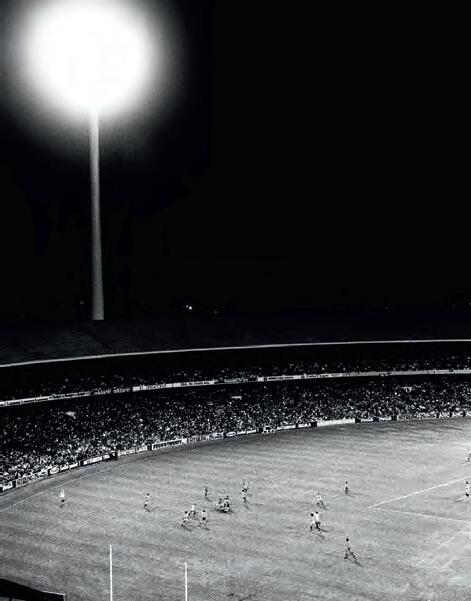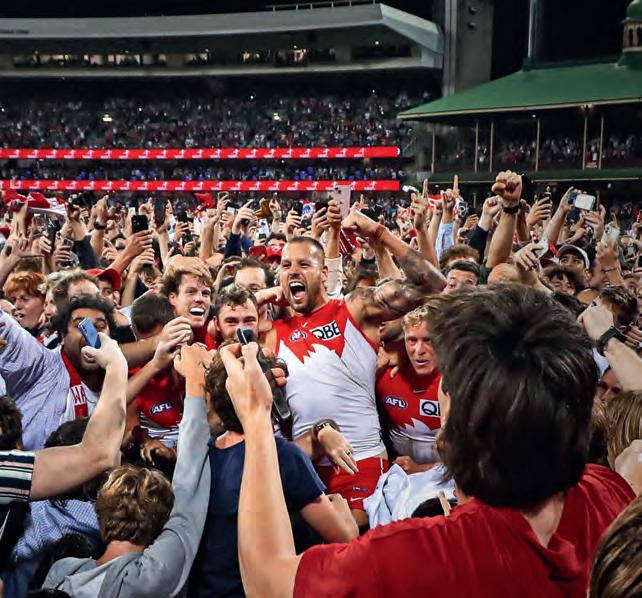
2 minute read
EDITOR TO CALL IT A DAY
u After more than 20 years in the role, AFL Record editor Michael Lovett will be retiring at the end of the year.

Sports Entertainment Network CEO Craig Hutchison informed SEN staff during the week that Lovett, editor of the Record since 1997, will be finishing in December.
Lovett joined the Record in late 1996, having spent 22 years to that stage as a sports writer for various newspapers and magazines including the Ballarat Courier, the Sporting Globe, the Melbourne Herald and Inside Football Lovett is second-longest serving editor of the Record The longest-serving editor was Bill Cathie who held the role for 30 years (1932-1962).
Lovett has worked under three proprietors of the Record –Slattery Media, the AFL and
(since 2018) SEN. He has also edited the AFL’s annual statistical publication, AFL Record Season Guide, every year since 1997. The 2024 edition will be his last as editor.
Lovett has also overseen special publications such as the pre-season Record and all AFLW publications since that competition started in 2017.










Ashley Browne
Given the importance it now holds in the game, it is hard to believe just how low-key the beginnings were for Friday night football.
It was a round 19 game at the SCG in 1983, featuring 10th-placed Sydney hosting eighth-placed Geelong. The SCG had lights installed by late 1978, but all VFL

Mcg Gets Lit
Despite its standing as the nation’s most hallowed sporting venue, several other stadiums were ahead of the MCG when it came to installing lights. Apart from the SCG, there was Lang Park (now Suncorp Stadium), Football Park and VFL Park.
Night football had been played in Melbourne from as far back as 1956 at the old Lakeside Oval and then from 1977 at VFL Park, but not as part of the premiership season.
Indeed, night football had its detractors.
“The truth is that Australian football is designed for daytime, with the old-fashioned wind, rain and sunshine, using a leather ball on odd-shaped grounds,” Garrie Hutchison wrote in The Age.
games before and after the Swans moved to Sydney were played on Sunday afternoons. The game was switched to the Friday night only because of a venue clash with the Wallabies, who were playing Argentina the same weekend.
Channel Seven televised the game live back into Melbourne – as it did for all Swans
The otherwise-progressive VFL only considered night football for premiership points after the MCG lights were built for an international cricket tournament in the summer of 1985.
North Melbourne and Collingwood were awarded the first Friday night game at the MCG on the opening weekend of the season a few weeks later.
Hawthorn icon John Kennedy was coaching North for the first time while Bob Rose had come out of retirement to coach the Magpies. There was bedlam beforehand.
Both the League and the Melbourne Cricket Club vastly underestimated the interest in the game and well into the first quarter, several thousands of fans were still waiting to get into the ground. Eventually they broke through the home games – but not one radio station, not even Geelong’s flagship 3GL (now K-Rock), turned up.


The Cats won by 66 points. Coach Tom Hafey was pleased because in the lead-up, he forecast that “three million people” would be watching and it was imperative that the Cats put on a good show.
Australian Football is designed for daytime
gates and stormed their way in. The listed crowd of 65,628; anecdotally, there were many more.
Interest in the game, however, was not matched by Channel Seven, which screened a British comedy and Hollywood’s Home Movies hosted by Bill Cosby, before a highlights package from the game came on at 9.30pm.
When North Melbourne and Carlton played the season’s only other Friday night game in round 14, Seven waited until 11pm before the highlights.
There were six Friday night games the following year, all featuring North Melbourne. The Kangaroos had become the third tenant club at the MCG, but Melbourne and Richmond retained preferred access to weekend fixturing.









